How to Dry Wet Walls Quickly
Dealing with wet walls in your home can be a stressful and frustrating experience, disrupting your daily routine and potentially causing long-term damage to your property.
If you do have wet walls in your home, how can you dry wet walls quickly?
In this article, you’ll learn about the various causes of wet walls, ranging from plumbing leaks to environmental factors like heavy rainfall or flooding.
We’ll dive into the best drying methods for how to dry wet walls quickly and return your walls to their dry, pristine state.
So, whether you’re facing a minor water leak or a major flood, rest assured that by the end of this article, you’ll be armed with the knowledge and tools necessary to overcome wet walls and safeguard your home against future moisture-related woes.
Article Chapters
What Causes Wet Walls?
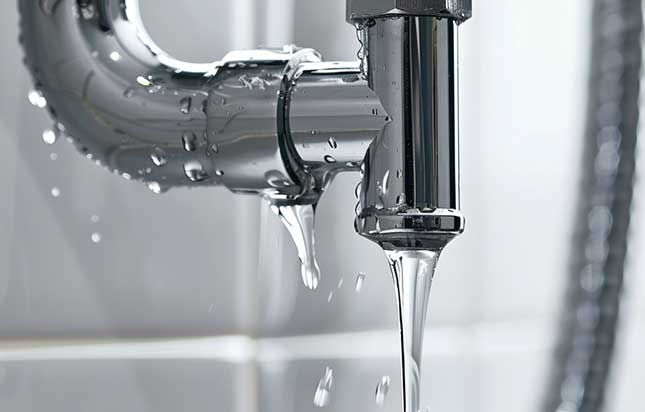
There is many causes of wet walls in the home, including rising damp, with some of the most common causes being:
Plumbing Leaks
One of the most common culprits behind wet walls is plumbing leaks.
These leaks can occur in pipes running within or behind walls, resulting from corrosion, wear and tear, or accidental damage.
Whether it’s a slow drip, an overflowing blocked drain, or a sudden burst, plumbing leaks can saturate walls with water, leading to visible dampness and potential structural damage if left unaddressed.
Roof Leaks
Another frequent cause of wet walls is roof leaks.
Damaged or improperly installed roofing materials, such as shingles or flashing, can allow water to seep into the interior of the building, eventually reaching the walls below.
Roof leaks are particularly problematic during heavy rainfall or snowmelt, as the increased volume of water can exacerbate the problem and lead to significant water damage inside the property.
Appliance Malfunctions
Faulty appliances, such as washing machines, dishwashers, or water heaters, can also contribute to wet walls.
Malfunctions like leaking hoses, broken seals, or overflowing basins can release large amounts of water into the surrounding area, including walls and floors.
Regular maintenance and inspection of household appliances are essential for preventing such incidents and detecting leaks early on.
Condensation Buildup
In areas with high humidity levels, condensation buildup can be a recurring issue.
When warm, moist air comes into contact with cooler surfaces, such as walls or windows, it can condense into water droplets, leading to dampness and even mould on walls over time.
Proper ventilation and insulation can help reduce condensation and minimise the risk of wet walls in these environments.
How to Dry Wet Walls Quickly
Discovering wet walls in your home can be a cause for concern, but with prompt action and the right techniques, you can effectively dry them out to prevent further damage.
Here’s a comprehensive guide on how to dry wet walls quickly:
Drain Excess Water
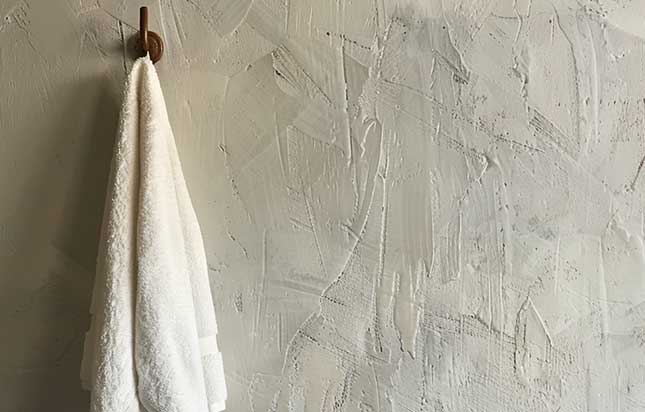
Start by removing any standing water using towels, mops, or wet vacuums.
This step is crucial for preventing water from seeping deeper into the walls and causing additional damage.
Be thorough in your efforts to ensure all visible water is removed.
Moisture Traps
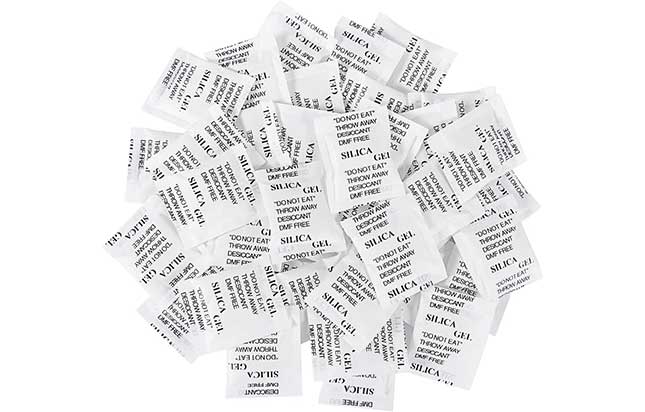
Image Source: Amazon
Place moisture-absorbing materials such as silica gel packets or activated charcoal near the wet walls.
These traps will help absorb excess moisture from the air, aiding in the drying process.
Replace or replenish the traps as needed until the walls are completely dry.
Dehumidifiers
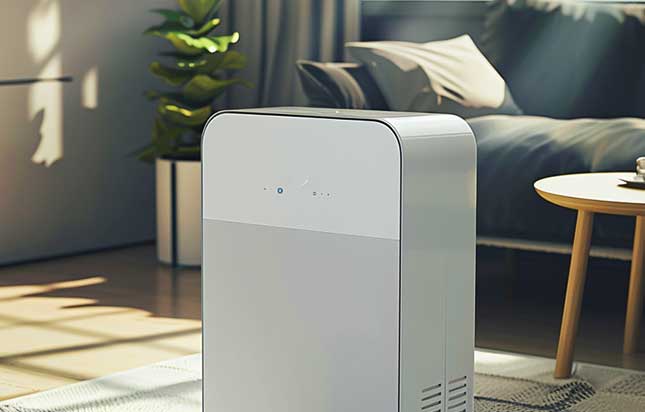
Utilise a dehumidifier to extract moisture from the air. Dehumidifiers are highly effective at reducing humidity levels, which can speed up the drying process significantly.
Place the dehumidifier in the affected area and run it continuously until the walls are dry to the touch.
Fans
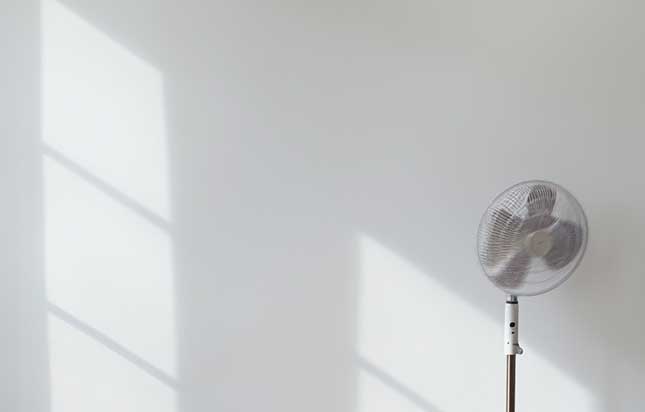
Set up fans in the affected area to improve airflow and promote evaporation.
Position the fans facing the wet walls to maximise airflow across the surface, facilitating faster drying.
Consider using oscillating fans or multiple fans for larger areas to ensure thorough drying.
Heating
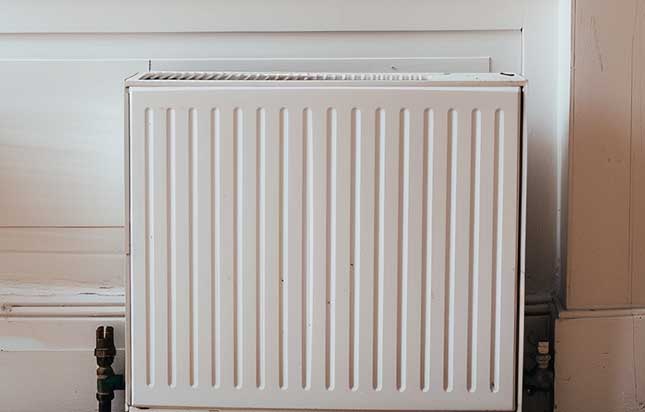
Increase the room temperature slightly to aid in the evaporation process.
However, be cautious not to raise the temperature too high, as excessive heat can damage sensitive materials and exacerbate the problem.
Use a thermostat to monitor the temperature and adjust as needed.
Doors & Windows
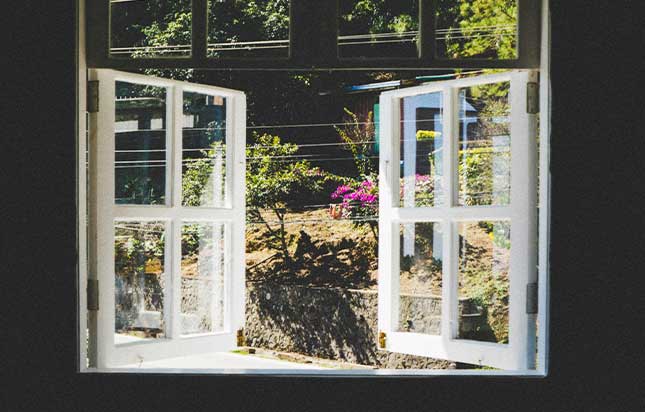
Open doors and windows to enhance ventilation within the space.
This allows moist air to escape while fresh, dry air enters, expediting the drying process.
If weather permits, consider using fans to direct outdoor air into the room for additional ventilation.
Professional Help

If the damage is extensive or if you’re unsure how to proceed, consider seeking professional assistance.
A professional restoration service can assess the situation, provide expert advice, and employ specialised equipment to expedite the drying process and prevent further damage to your home.
They may use industrial-grade dehumidifiers, heaters, and air movers to quickly dry out the walls and restore your home to its pre-damage condition.
For issues will all your drainage needs, get in touch with us here at KD Pumps.
What are the Dangers of Wet Walls?

Wet walls can cause numerous problems for your home, including:
Damp
Persistent dampness in walls can lead to a host of problems.
Damp walls not only compromise the structural integrity of your home but also create an ideal environment for mould and mildew growth.
Additionally, dampness can cause paint to peel, wallpaper to bubble, and wood to rot, resulting in costly repairs and renovations.
Mould
One of the most serious dangers of wet walls is the growth of mould and mildew.
Mould spores thrive in moist environments, and when they find a suitable surface, such as wet walls, they can rapidly multiply and spread.
Exposure to mould can trigger allergic reactions, asthma, respiratory issues, and other health problems, particularly in individuals with compromised immune systems or respiratory conditions.
Stains
Water stains are another common issue associated with wet walls.
As water seeps into the walls, it can leave behind unsightly marks and discoloration on the surface.
These stains are not only aesthetically displeasing but also difficult to remove, often requiring extensive cleaning or repainting to restore the walls to their original appearance.
Structural Damage
Prolonged exposure to moisture can weaken the structural integrity of walls, floors, and ceilings.
Water can penetrate deep into the building materials, causing them to warp, crack, or degrade over time.
This can compromise the stability of your home and lead to costly repairs or even collapse in severe cases.
Musty Smells
Wet walls can also result in unpleasant odours permeating your home.
The damp, stagnant air created by moisture buildup can produce musty or mildew smells that are difficult to eliminate.
These odours not only affect indoor air quality but can also be embarrassing when guests visit your home.
How Long Does it Take to Dry a Wet Wall?
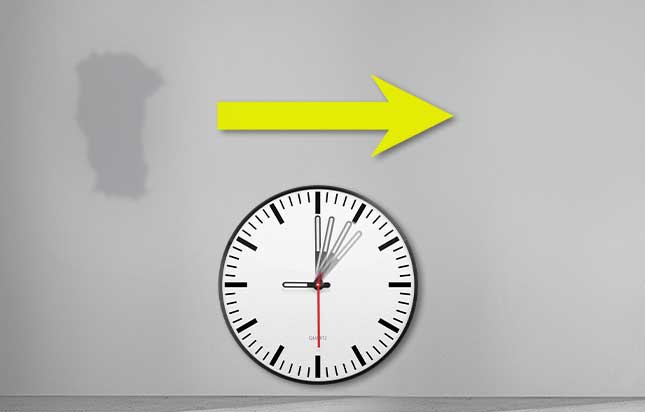
The drying time for a wet wall can vary depending on several factors.
Some key considerations that can influence the drying process:
How Damp the Walls Are
The extent of saturation in the walls plays a significant role in determining drying time.
Walls that are slightly damp may dry relatively quickly, while those that are heavily saturated may require more time and effort to dry completely.
Assessing the level of moisture in the walls is crucial for estimating drying time accurately.
Room Temperature
Warmer temperatures facilitate faster evaporation, leading to shorter drying times.
If possible, increase the room temperature slightly to expedite the drying process.
However, be mindful not to raise the temperature too high, as excessive heat can damage sensitive materials and hinder the drying process.
Wall Material
The type of material composing the walls can impact drying time.
Porous materials such as drywall or plaster absorb moisture more readily than non-porous materials like concrete or tile.
As a result, walls made of porous materials may take longer to dry completely, as the moisture must evaporate from within the material.
Humidity
High humidity levels in the environment can prolong drying times by hindering evaporation.
Using dehumidifiers to reduce humidity levels can help expedite the drying process and prevent moisture-related issues such as mould growth.
Monitoring humidity levels during the drying process is essential for optimising drying efficiency.
Airflow
Good airflow is essential for drying wet walls quickly. Utilise fans or air movers to improve air circulation and promote evaporation.
Position fans facing the wet walls to maximise airflow across the surface, facilitating faster drying.
Opening doors and windows can also enhance ventilation and aid in the drying process.
Wall Thickness
The thickness of the walls can influence drying time, with thicker walls taking longer to dry than thinner ones.
Thicker walls have a greater volume of material that must dry out, which can prolong the drying process.
However, effective airflow and ventilation can help mitigate the impact of wall thickness on drying time.
Conclusion
When faced with wet walls, prompt action is key to preventing further damage.
By draining excess water, using moisture traps and dehumidifiers, employing fans and heating, and ensuring adequate ventilation, you can expedite the drying process and mitigate potential risks.
Remember to address the underlying cause of moisture to prevent future issues, and don’t hesitate to seek professional help if needed.
With the right approach, you can restore your walls to their dry, pristine condition and safeguard your home against the dangers of moisture damage.
Get in contact with us at KD Pumps for all your drainage solutions.

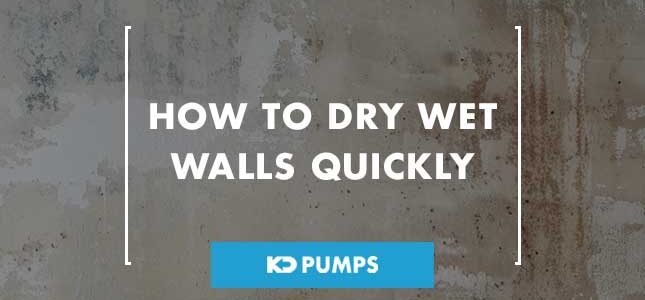
Comments are closed.